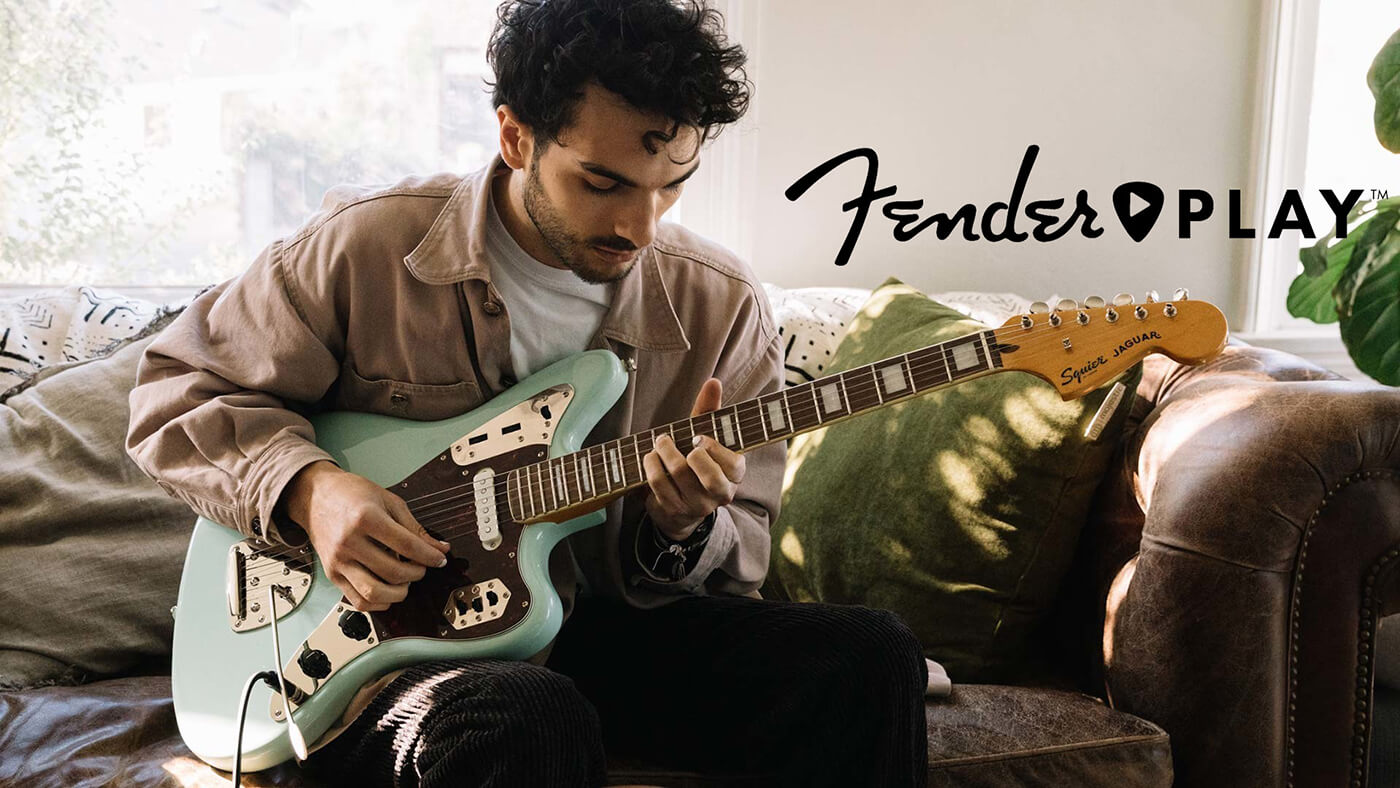Related Tags
Confessions Of A Hopeless Guitarist: If something sounds too good to be true…
If you want musical learners to get on board with your business, it obviously makes sense to promise big. But can such promises really be delivered upon?

Image: Getty Images
I get fairly regular emails from a number of online ‘musical learning’ businesses with whom I have at some point interacted on my road to hopelessness, and they often promise to transform some aspect of my playing or even my entire musical life (such as it is). I like to think I’m aware enough to know when I’m being played, but as I’ve said before I’m a sucker for the promise of a short cut even though I know in my heart that there aren’t any. And if a seemingly big promise comes along from a trusted source…
‘Five Minutes To More Cooperative Fingers’ is the sort of subject line written to catch my eye. And coming as it did from Fender Play, it was accompanied by a feeling that while a five-minute lesson wasn’t really going to change my world, there was probably something here that needed my attention.
I’ve mentioned before that I don’t have cooperative fingers, although I will say that I have seen some progress since I started attempting to take the guitar more seriously. That said, anything that can help me to train my fingers to move around the fretboard is something I should be jumping into. The lesson itself was simple, and something I’d already been introduced to on my own Fender Play path: how to play the notes at the first four frets on the top string using the four fingers of my fretting hand.
I say the lesson was simple, but in truth there was a time not very long ago when doing this would have actually been almost impossible for me, my little finger refusing to be stretched the extra fret and curling back on itself. That doesn’t happen these days, and the reason it doesn’t is because I have listened to my instructors, adapted my playing position and put in some practice. Some.
The thing is, when I was first faced with finger drills like this, I told myself that I would diligently work away at them in the knowledge that while learning bits of songs is more fun, such things are the true path to improvement. But the reality has been somewhat different, as it always is.

The wanderer returns
I’ve reached a point on the learning ‘path’ where my mind has started to wander again. I reaffirm my commitment to follow the lessons, doing as I’m instructed, knowing this will unlock whatever latent ability still lies dormant after all these years, but I don’t stick to it. I know the best musicians on the planet still sit down and work on this stuff, I know in other walks of life practice is the key to success. As much as it sometimes looks as though he did, I know, for example, that Trent Alexander-Arnold did not emerge from the womb with the passing ability to hit the stride of a rampaging forward from 50 yards every single time.
So why am I so practice-averse myself? Why can’t I just knuckle down? I think it is because my time with the guitar is so fleeting: I have a family, I have a job, and in all truth that doesn’t leave time for much else. So when I do get to sit down with the guitar I want to play, not practise, but if I don’t make myself practise I’ll never really be able to play.
Which brings us back to ‘Five Minutes To Cooperative Fingers’: I spent five minutes on it (more, actually) and I’ve spent a few more five minutes with it since. And I’ve even been back to those previous lessons; the ones that expand the idea slightly to get the fingers playing across two strings. I haven’t done it a lot, but I’ve been reminded that I must keep coming back to it.
As I type this column I’m listening to the greatest British rock guitarist to emerge from the 1990s play typically but unfathomably well on his band’s new album (and just in case anyone doesn’t immediately recognise James Dean Bradfield from that description, I’m talking about James Dean Bradfield), and last night I almost managed to play along – in a ham-fisted way – with the chord progressions used in the epic closing track. Like an infinitely less cool, and certainly less good, Richey Edwards (oh I mean it, despite all the criticism and lack of recorded output I’ve heard him carry a song onstage while James changed guitars).
But that’s incredible, right? I was – sort of, anyway – playing along with James Dean Bradfield. For someone as hopeless as me, that’s identifiable progress, and I can put at least some of it down to increased cooperation from my fretting fingers. There’s still a long way to go (and anyone who appreciates that’s a James Dean Bradfield reference is a friend of mine), and it’s taken more than one five-minute lesson, but that lesson has played its part.
For more features, click here.
